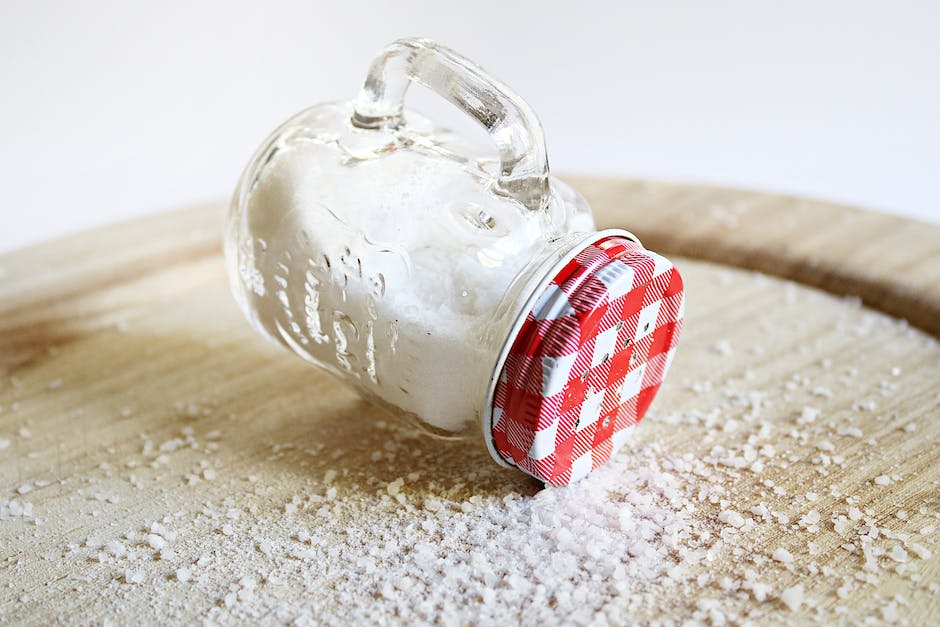Celtic Salt vs Himalayan Salt: A Comprehensive Comparison
Salt is a staple in kitchens around the world, but not all salts are created equal. In recent years, the popularity of Celtic salt and Himalayan salt has surged, with many health-conscious consumers eager to understand the differences between these two natural salts. In this detailed guide, we’ll delve into the origins, nutritional content, and culinary uses of Celtic salt and Himalayan salt, helping you make an informed decision about which salt is best for your health and taste buds.
Introduction: The Salty Debate
When it comes to seasoning your food, the type of salt you choose can make a significant difference not only in taste but also in health benefits. Celtic salt and Himalayan salt are often touted as healthier alternatives to regular table salt, but how do they really compare? This article will explore the nuances of these two popular salts, answering commonly searched questions and providing you with all the information you need to choose the right salt for your dietary needs.
What is Celtic Salt?
Origins and Production
Celtic salt, also known as Sel Gris or grey salt, is harvested from the coastal regions of France, particularly Brittany. Traditional methods involve collecting the salt by hand using wooden tools, which helps retain its natural moisture and mineral content.
Nutritional Profile and Benefits
Celtic salt is known for its high trace mineral content, including magnesium, calcium, and potassium. These minerals contribute to its unique grey color and can offer various health benefits, such as improved electrolyte balance and hydration.
What is Himalayan Salt?
Origins and Production
Himalayan salt is mined from ancient sea salt deposits in the Khewra Salt Mine in Pakistan. Its pink hue comes from trace amounts of iron oxide (rust). The mining process is more industrialized compared to the harvesting of Celtic salt.
Nutritional Profile and Benefits
Like Celtic salt, Himalayan salt contains a variety of minerals. However, it is particularly rich in iron, which gives it its distinctive pink color. These minerals can contribute to overall health, though the benefits are similar to those of Celtic salt.
Comparing Celtic Salt and Himalayan Salt
Flavor and Culinary Uses
- Celtic Salt: Has a briny, slightly moist texture that enhances the flavor of dishes without overpowering them. It’s ideal for finishing dishes or for use in cooking.
- Himalayan Salt: Offers a bold flavor that can hold up in hearty dishes. It’s also popularly used in salt grinders for fresh seasoning and in salt blocks for cooking and serving food.
Health Implications
Both salts are marketed as healthier alternatives to processed table salt, which often contains additives like anti-caking agents. However, it’s important to note that both Celtic and Himalayan salts should be consumed in moderation as part of a balanced diet.
Environmental Impact
The environmental impact of salt production is another factor to consider. The hand-harvesting methods used for Celtic salt may have a lower environmental footprint compared to the mining required for Himalayan salt.
Commonly Asked Questions
Is there a difference in mineral content between Celtic salt and Himalayan salt?
Yes, while both salts contain various trace minerals, the specific content and concentration can differ. Celtic salt typically has higher moisture and a slightly different mineral profile compared to Himalayan salt.
Can either salt help with hydration?
Both salts contain electrolytes that can help with hydration, but they should be consumed as part of a diet that includes plenty of water.
Are there any concerns with using these salts?
As with any salt, overconsumption can lead to health issues such as high blood pressure. It’s important to use these salts in moderation.
Conclusion: Which Salt Should You Choose?
In the end, the choice between Celtic salt and Himalayan salt may come down to personal preference regarding taste and texture. Both offer unique flavors and potential health benefits, but they should be used wisely as part of a healthy diet. Whether you opt for the moist, mineral-rich grains of Celtic salt or the striking pink crystals of Himalayan salt, you’ll be adding more than just flavor to your meals—you’ll be incorporating a touch of natural goodness.


